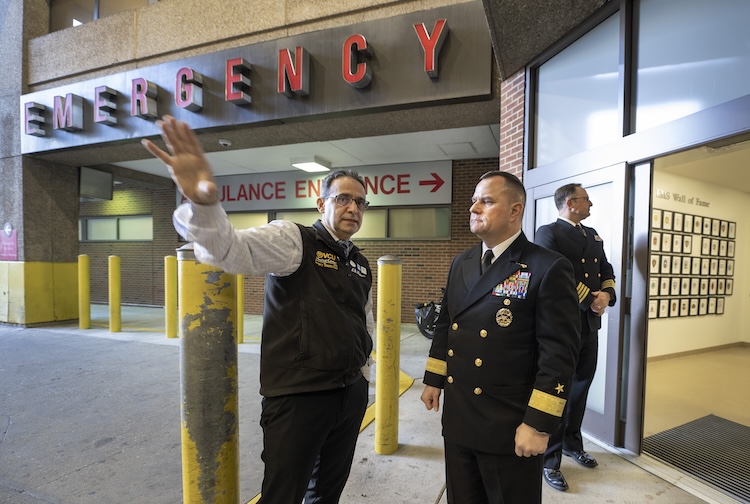
May is Bicycle Safety Month: Here are a few reminders before you ride
May 23, 2017
Tuesday, May 23, 2017 A helmet is the single most effective way to reduce bicycle-related deaths. Helmets reduce the risk of head injury by 45 percent, brain injury by 33 percent, facial injury by 27 percent and fatal injury by 29 percent. Yet approximately 55 percent of children do not always wear a helmet while biking. Corri Miller-Hobbs, program coordinator for Safe Kids Virginia at Children’s Hospital of Richmond at Virginia Commonwealth University, answered questions about bike safety and proper safety equipment for kids in recognition of Bicycle Safety Month. Why is bicycle safety so important? A bicycle is a child’s first vehicle and it is never too early to learn road safety. A bicycle provides them with exercise, independence, socialization and fun. However, safety is often forgotten when children join in this activity. Children are growing into their adult bodies, which can be awkward. They are trying to learn to control these taller and stronger bodies and these physical changes can lead to injuries related to bicycle riding. Add in other challenges such as parked or moving vehicles or risk-taking behavior and the risk of injury increases. Developmentally, most children are unable to judge speed, distance, and assess risks until they are at least 10 years old. For these reasons, it is important that caregivers teach children the rules of the road, the meaning of street signs, limit riding in traffic until children demonstrate safe behaviors and mandatory use of a properly fitted bicycle helmet at all times. Adults should also model and teach good behavior when riding with children. How do caregivers know if a child’s bicycle is the right size? To be sure a child’s bicycle is the right fit, caregivers can consult a local bicycle store, utilize the growth charts located in the bicycle aisle at box stores or use online fit calculators. They should also understand that different types of bicycles should fit differently so it all depends on the bike type and the child. How do caregivers know if a helmet is the proper fit? Where are the safest places to ride? Are there any specific biking road rules that caregivers should be aware of? Children should ride in protected areas without traffic until at least 10 years of age and only when the child can demonstrate their understanding of safe bicycling. Be aware that grassy areas and fields can have hazards such as trees, rocks and holes so adults should assess areas to ensure safety. Children should understand road signs and follow the directions. Many people do not realize that you should ride a bicycle with traffic and walk against traffic. Children should also wear bright clothing when riding and utilize a bike light to make sure they are seen by others.



